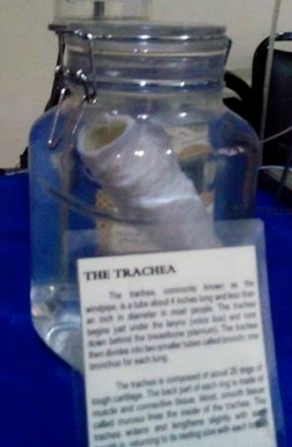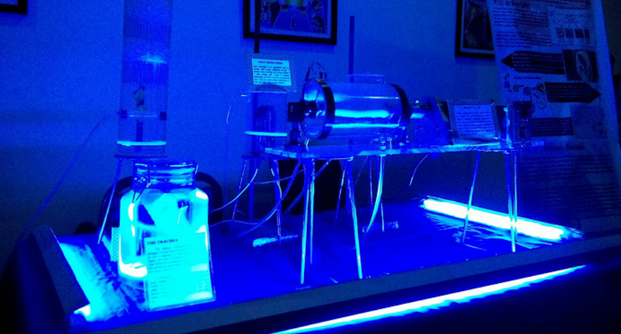 As we’ve mentioned only yesterday, the medical applications for 3D printing continue to expand rapidly. In fact, in the next 5 years alone, the number of printers will double and the amount of material used for printing within the healthcare space will grow 7-fold. All the while, 3D bioprinting should be just about to hit its stride around 2020 according to SmarTech.
As we’ve mentioned only yesterday, the medical applications for 3D printing continue to expand rapidly. In fact, in the next 5 years alone, the number of printers will double and the amount of material used for printing within the healthcare space will grow 7-fold. All the while, 3D bioprinting should be just about to hit its stride around 2020 according to SmarTech.
Also according to SmarTech, one of the key geographic areas leading to this growth will be the Asian Pacific region. Here, promising new companies are spouting up and heavy investments are being made in both research and development, while a general urge to keep up with western nations, drives forward innovation.
One such example of all of this, is an agreement signed yesterday by the Lung Center of the Philippines (LCP), engineers from the Technological Institute of the Philippines (TIP), representatives from the Genomic Institute of Asia (GINA) and Pharma Canada Ltd. As part of this research agreement, the teams will work to develop the technology necessary to 3D print artificial tracheae (windpipes).
We’ve already seen several instances of 3D printed windpipes being produced. In fact, just last month doctors at the Feinstein Institute for Medical Research used a sub-$3000 MakerBot Replicator 3D printer to do just this.
The printer, which researchers in the Philippines are utilizing, will use a bio-ink to print out the scaffolding of the windpipe. Then researchers will implant the scaffold along with a patient’s own stem cells, allowing the scaffold to transform eventually into a biologically compatible transplantable human body part. Because a patient’s own stem cells are being used, the risk for rejection is significantly cut, and expensive drugs are not required for the transplant  patient.
patient.
“Our technology is cutting-edge,” said Dr. Jose Luis Danguilan, Executive Director of the LCP. “If we are successful in its clinical applications, we may be at par with the advanced nations in this new field.”
The researchers have started with the trachea because of its simplicity and tubular shape, which makes printing it much easier than other biological features. They do, however, hope to increase the scope of this research to include other body parts and organs in the future. Currently the teams hopes to have the 3D printed tracheae ready for use within patients in about 3-4 years, perhaps saving lives and dramatically reducing the cost and wait times for transplants.
Let’s hear your thoughts on this research being done in the Philippines. Discuss in the 3D Printed Trachea forum thread on 3DPB.com.
Subscribe to Our Email Newsletter
Stay up-to-date on all the latest news from the 3D printing industry and receive information and offers from third party vendors.
Print Services
Upload your 3D Models and get them printed quickly and efficiently.
You May Also Like
Heating Up: 3D Systems’ Scott Green Discusses 3D Printing’s Potential in the Data Center Industry
The relentless rise of NVIDIA, the steadily increasing pledges of major private and public investments in national infrastructure projects around the world, and the general cultural obsession with AI have...
3DPOD 260: John Hart on VulcanForms, MIT, Desktop Metal and More
John Hart is a Professor at MIT; he´s also the director of the Laboratory for Manufacturing and Productivity as well as the director of the Center for Advanced Production Technologies....
Etsy Design Rule Change Reduces Selection of 3D Printed Goods
Online marketplace Etsy has implemented a rule change requiring all 3D printed goods on the site to be original designs. The update to the site’s Creativity Standards states, ¨Items produced using...
E-Beam OEM Wayland Additive Partners with USC Racing to 3D Print Titanium Exhaust Collector
Every year, standards organization SAE International holds a competition called Formula SAE, in which students from both undergraduate and graduate programs design, build, and race small formula-style race cars. For...


































